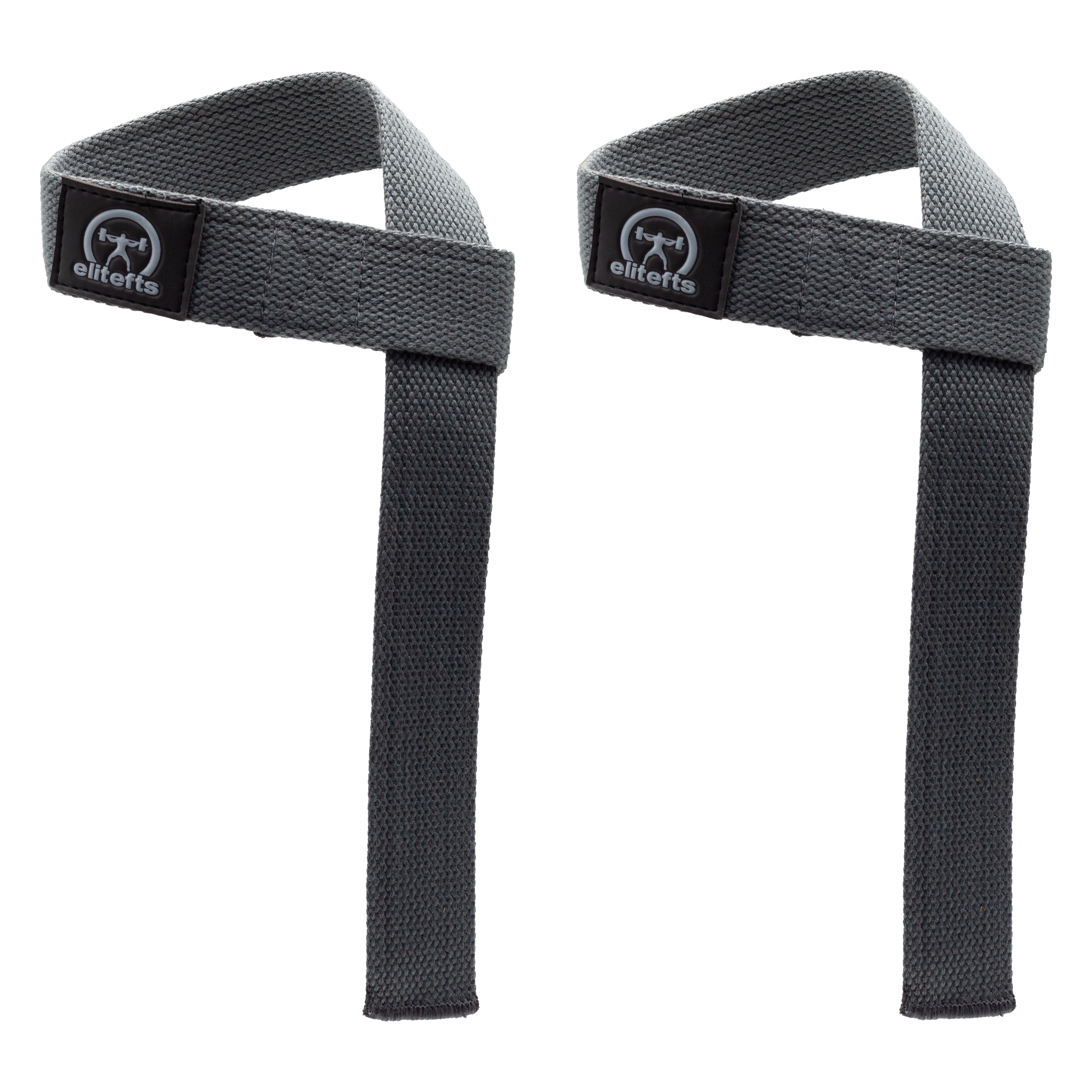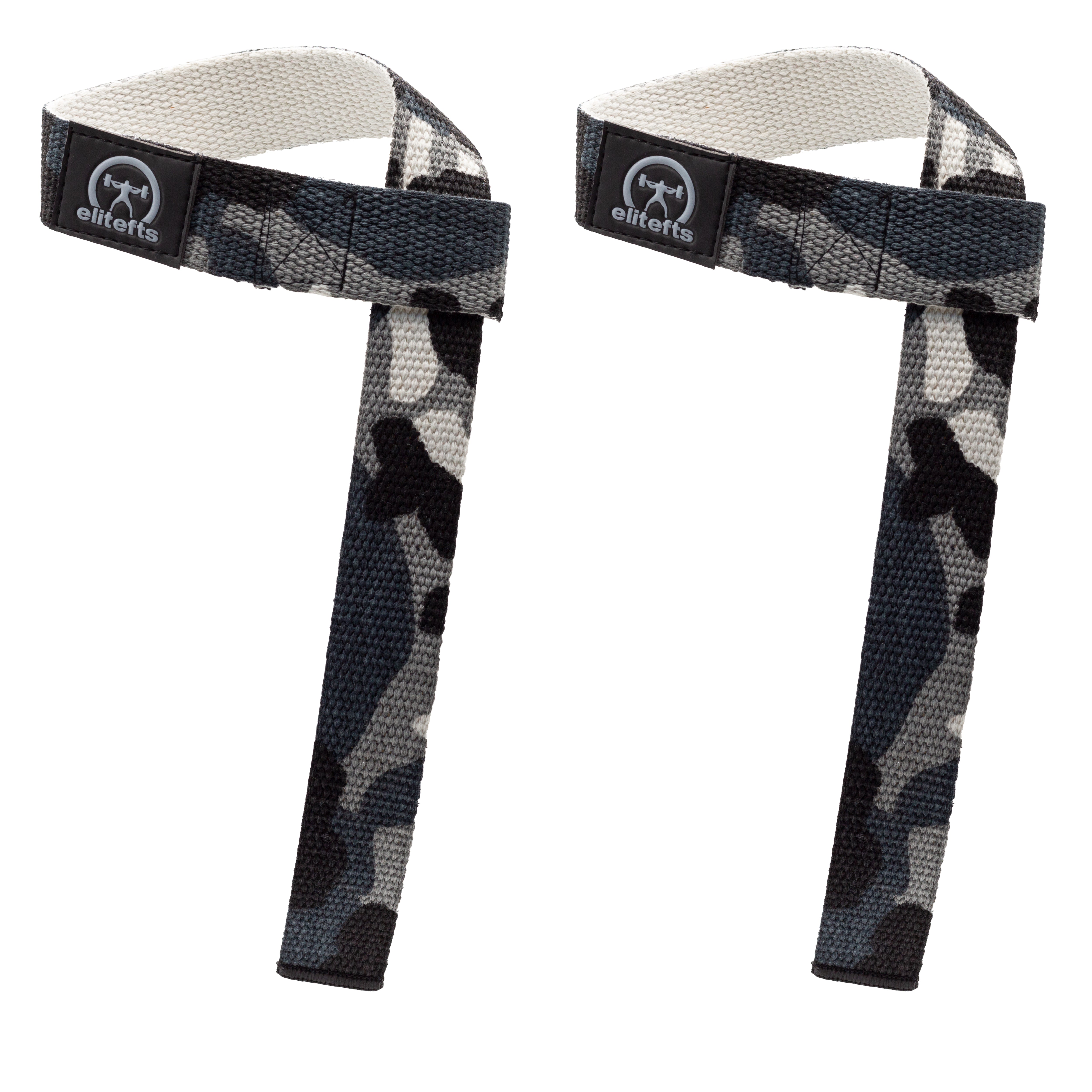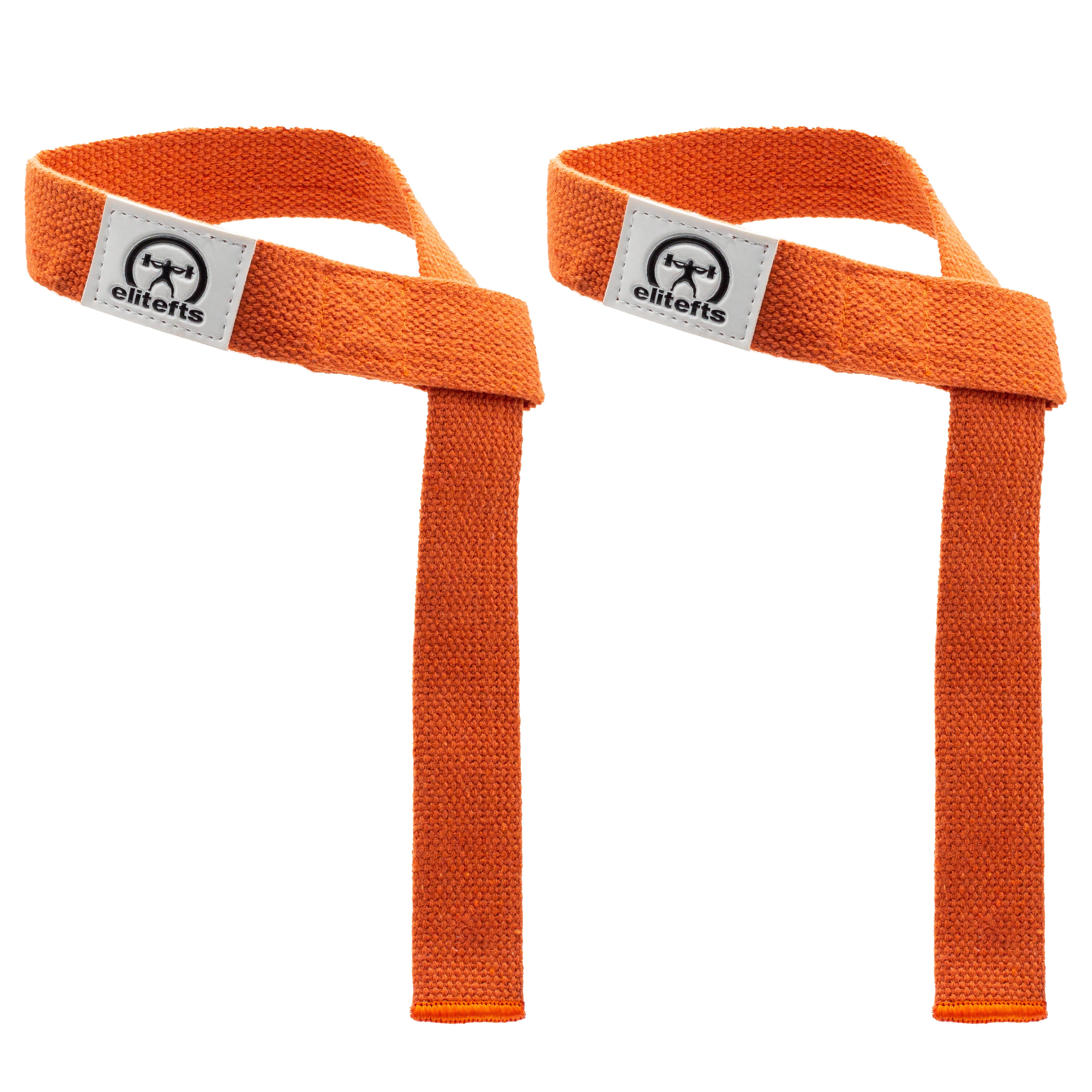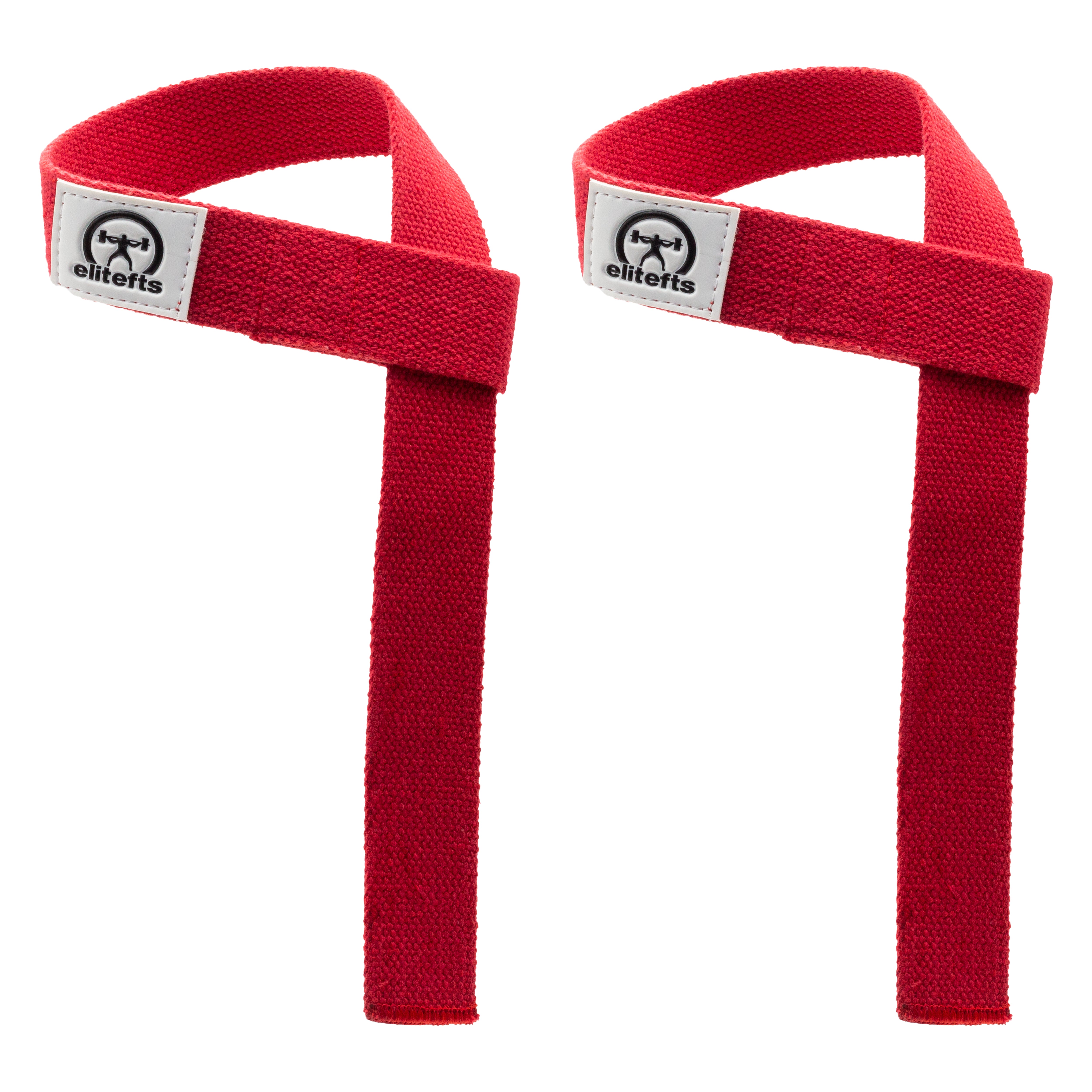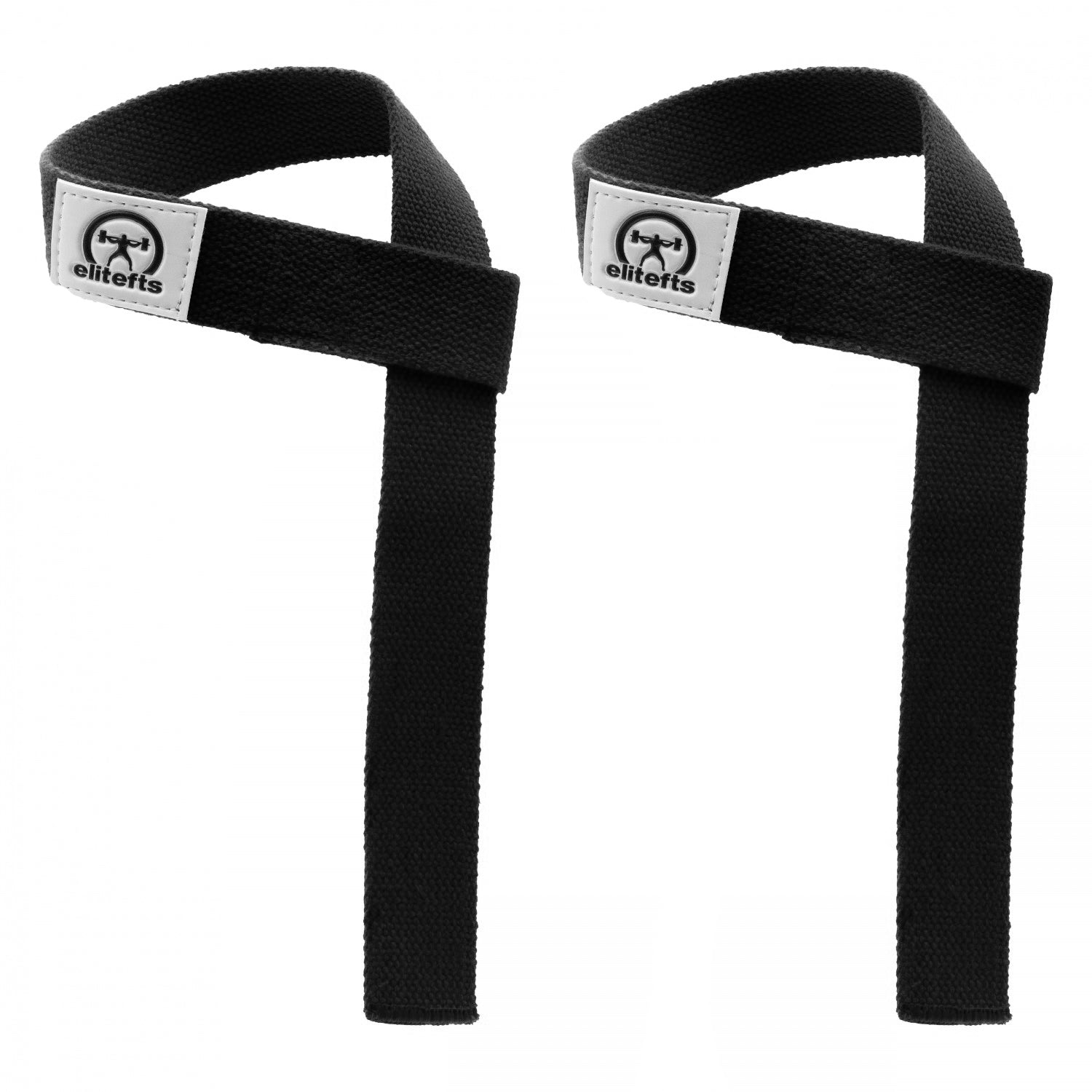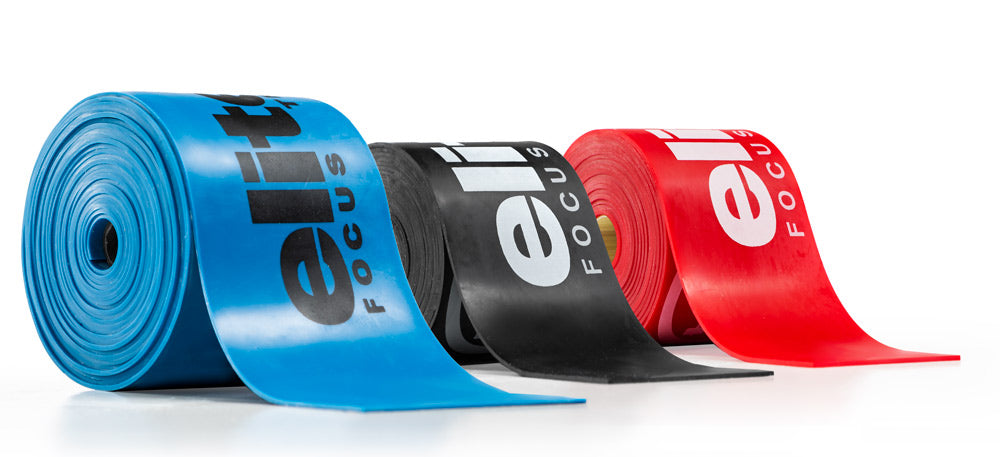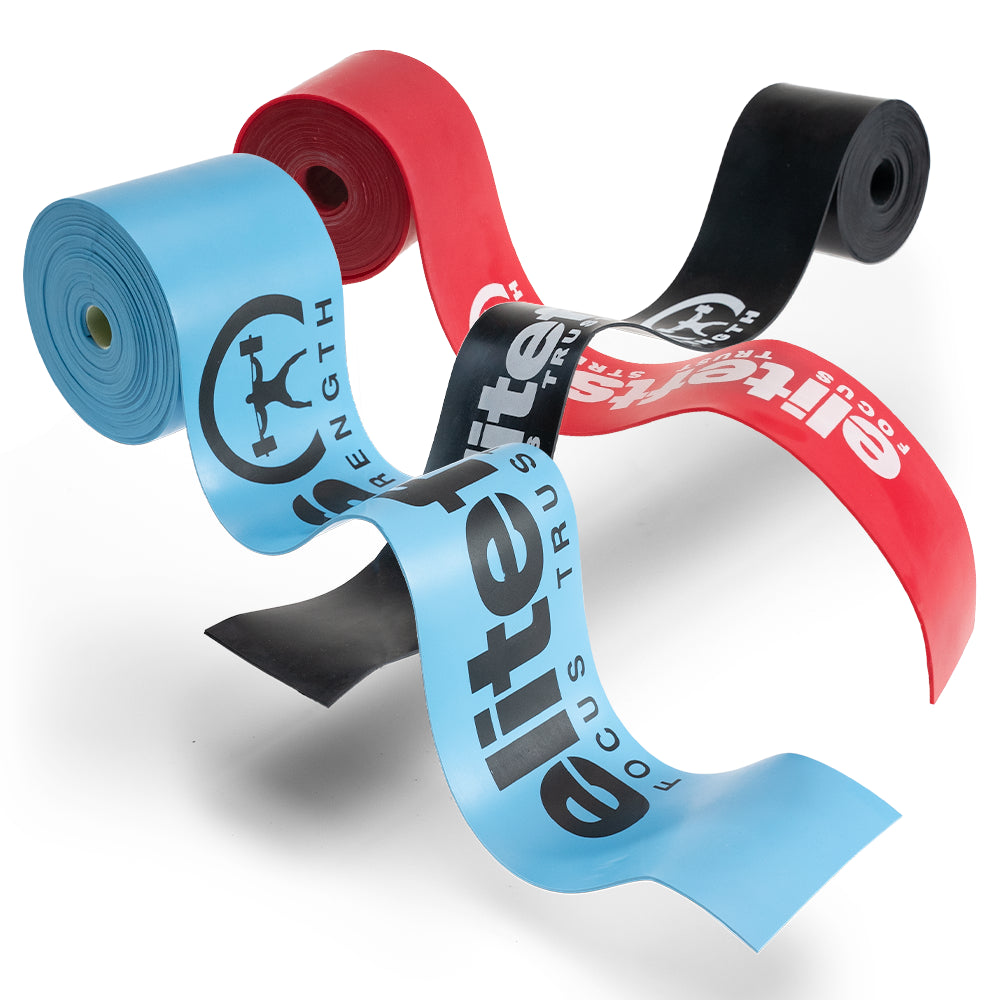A long time ago, when I was still experimenting with technique and using whatever I found useful in the scientific literature. From an article published in 1992 (
The Effect of Grip Width on Bench Press Performance) I collected my first set of data to experiment with. According to that study, the medium width grips were associated with greater bench press strength. The five measured widths were 95 (GI), 130 (G2), 165 (G3), 200 (G4), 235 (G5), or 270 (G6) percent of biacromial breadth. Given my specific anthropometric measures, I chose what would be the strongest and most efficient grip for my bench, the one lift that set me way beyond most other female lifters. The perfect grip gave me painful bilateral epicondylitis that took over 6 months to heal. My grip changed over the years, it is different depending on whether I am using a bench shirt or not, and after spondylodiscitis dissolved part of my L3 and L4, fusing them, it changed again because my spine changed. Moral of the story: as I tried to fix what didn't need fixing, I created a problem that needed fixing. With bench press training naive individuals, a coach (or experienced lifter) may help with the search for the "comfort grip". There is great confusion around the term "comfort". The "tough guy" mentality, so damaging to actual learning, has condemned the idea of comfort in training. According to this uniformed line of thinking, training must be uncomfortable. This is wrong. A recent article (
A Biomechanical Comparison of Self-Selected and Experimentally Controlled Speeds and Grip Widths During the Bench Press Exercise ) has shown that between the following conditions, the self-selected speed and grip corresponded to the highest 1RM (self-selected speed and grip (SS), self-selected speed and experimentally controlled grip (SC), experimentally controlled speed and self-selected grip (CS), and experimentally controlled speed and grip (CC)). Moral of the story: each person is going to find their "comfort grip and speed" (as well as their foot placement, chest touching point, arch, etc. What we need to make sure is that scapular adduction, glute/hamstring isometric contraction, overall core stability and wrist elbow alignment are fine. Lifters were frequently brought to me for "issue fixing". There was always an issue to be fixed. I never touched the rest, though. Let the chips fall where they may.

When to fix and when not to fix bench press grip width

EliteFTS Table Talk— Where strength meets truth. Hosted byDave Tate, Table Talk cuts through the noise to bring raw, unfiltered conversations about training, coaching, business, and life under the bar. No fluff. No hype. Just decades of experience — shared to make you stronger in and out of the gym.

Join the Crew!
Support us and access premium content monthly!























































